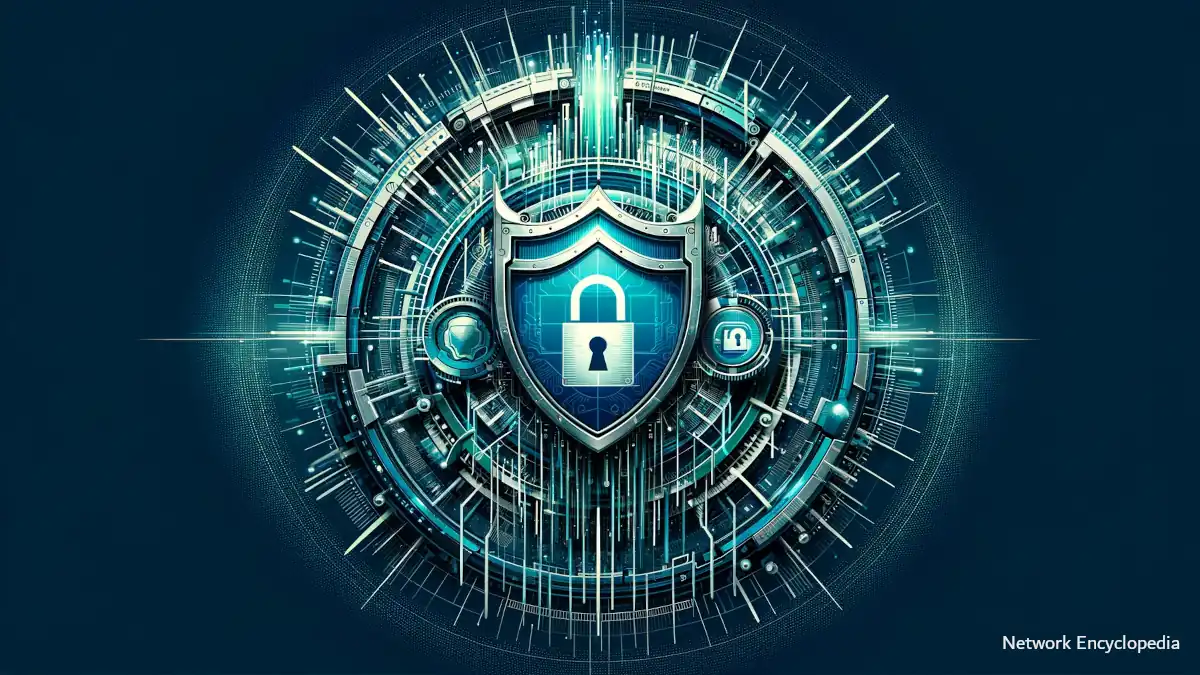Category: Letter L
-
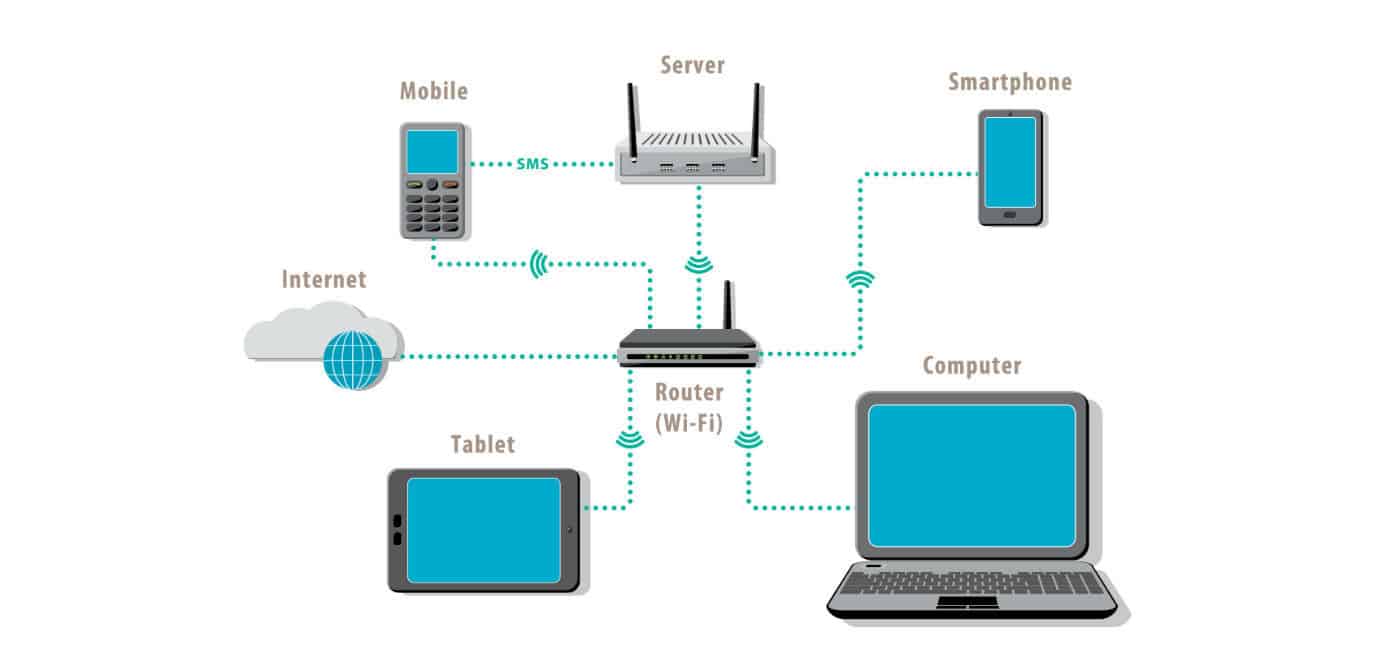
Local Area Network (LAN)
LAN stands for Local Area Network, is a group of computers located in the same room, on the same floor, or in the same building that are connected to form a single network.
-
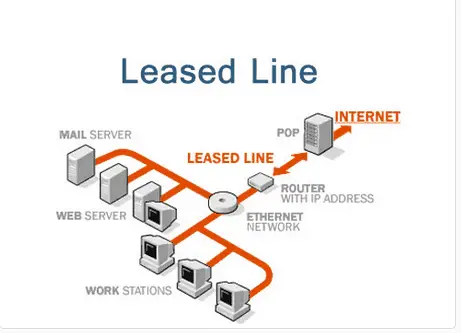
Leased Line
Leased Libe, also called a dedicated line, is a telecommunications service provided to businesses by telcos and long distance carriers that provides a permanent direct connection between two geographically separate local area networks (LANs).
-
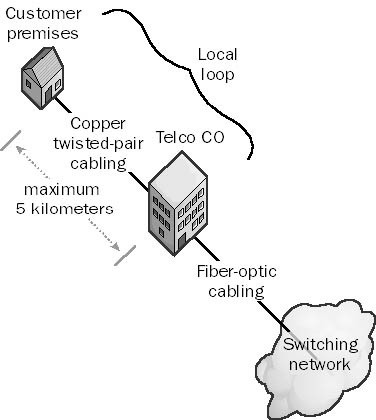
Local Loop
Local Loop is the portion of the telephone system that connects your home or office to the nearest central office (CO) of your local telco.
-
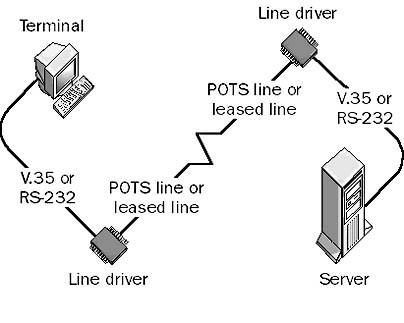
Line Driver
Line Driver is a device that can use installed twisted-pair phone lines or leased lines to connect terminals to servers in different parts of a building or in different buildings.
-

Line Coding
Line Coding is a method of placing digital signals on a wire.
-
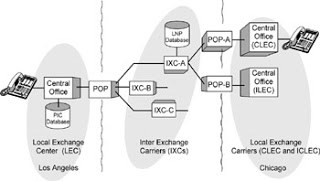
Local Exchange Carrier (LEC)
LEC stands for Local Exchange Carrier, is a telco in the United States that provides local telephone and telecommunication services to businesses and individuals.
-
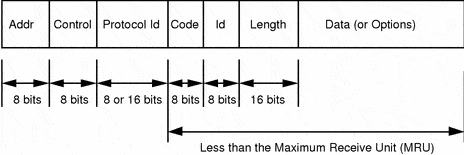
Link Control Protocol (LCP): Mastering PPP Link Management
Uncover the essentials of Link Control Protocol (LCP), a crucial subprotocol of PPP for effective network link management.
-
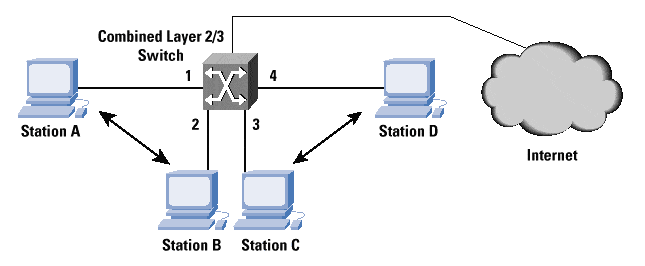
Layer 3 Switch
Layer 3 switch is an Ethernet switch that switches packets by looking at both their network address (for example, their IP or IPX address) and their physical address (for example, their MAC address).
-

Layer 2 Forwarding (L2F)
L2F stands for Layer 2 Forwarding, is a media-independent tunneling protocol developed by Cisco Systems.
-
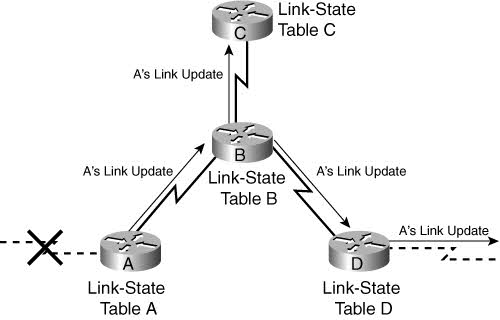
Link State Routing Algorithm
Link State Routing Algorithm is a routing method used by dynamic routers in which every router maintains a database of its individual autonomous system (AS) topology.
-
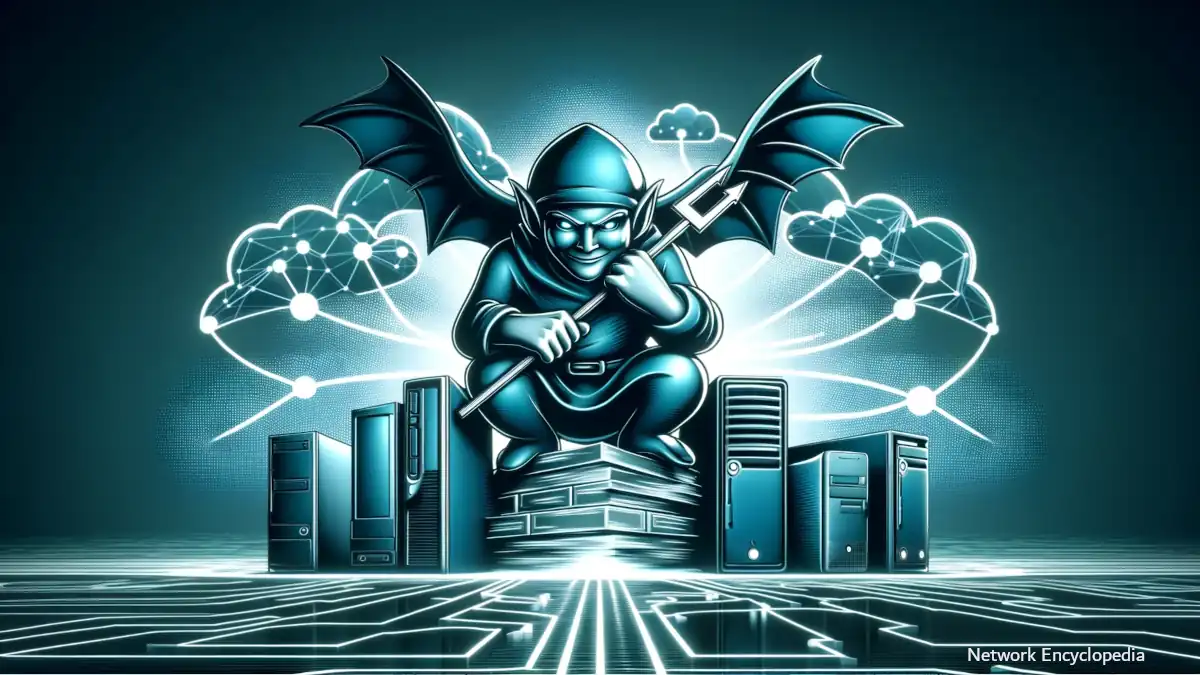
Line Printer Daemon (LPD)
LPD stands for Line Printer Daemon, is a general TCP/IP daemon on UNIX networks that is used for receiving and spooling print jobs on a print server.
